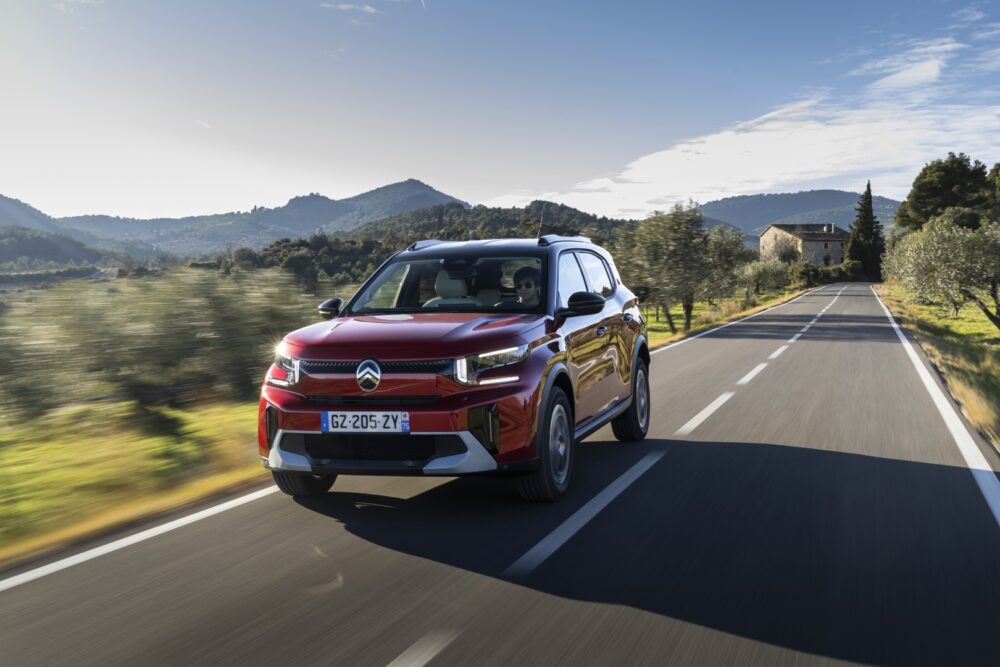The sound of the Taycan
You can recognize a Porsche with your eyes closed. That also applies to the all-electric models. What makes the sound so unique?

For drivers of a historic Porsche 356, the rattling, braying, and hissing of the early air-cooled boxer engines is music. Produced by a mechanical orchestra of pistons and valves, timing chains and rocker arms, intake and compression, combustion and exhaust. A sound that became the brand benchmark for generations.
With electromobility, the instruments of this orchestra are becoming a thing of the past. Replaced by quietly humming electric motors. But emotion and information remain. For years, Porsche has composed a tapestry of sound for the Taycan that is new and yet characteristic of the brand. "No other manufacturer has taken more care of the sound, both internally and externally, than Porsche," says Tobias Hillers. Together with his colleagues from the Sound & Concepts team, he has been developing the Taycan's acoustic calling card since 2015. "We've known for a long time that electric cars need to be audible. For safety reasons, too," he adds.

Back in 2014, the EU issued a regulation on an acoustic warning system for e-vehicles, which was amended in 2019. The so-called Acoustic Vehicle Alerting System (AVAS) is intended to protect other road users and must be active up to a speed of 20 km/h. Similar regulations apply in China and Japan. The comparable regulation in the U.S. even requires a warning sound when the vehicle is stationary and calls for the sound level to increase up to a speed of 32 km/h.
The acousticians in Weissach turned the duty into a freestyle. Although certain noise components and the volume are prescribed by law, they created a special Porsche sound: characteristic, sporty, powerful. Very importantly, the Taycan gives its driver just as clear feedback as a 356 or a 911. Experience with the Porsche 919 Hybrid confirmed just how crucial audible reactions from the vehicle are. The factory drivers trained with the three-time Le Mans-winning car in a simulator. If they received acoustic feedback from the race car that matched the driving situation, they were faster.









